Exhibition in memory of great designer Alessandro Mendini opens in Venice
Fourteen items and six drawings autographed by Alessandro Mendini (Milan, 1931 - 2019) form the centerpiece of an original exhibition project entitled Visi on view from March 19 to June 16, 2024 conceived by Aldo Colonetti and Archivio Alessandro Mendini, presented at the Nuova Manica Lunga Library of the Giorgio Cini Foundation in Venice, in memory of one of Italy’s most illustrious designers, who passed away five years ago. Produced in collaboration with the Alessandro Mendini Archive and Codiceicona, this art capsule is dedicated to Mendini’s research around the power of the body as the matrix of design. The face is the focus of this collection of works made between 1987 and 2018. The pastel drawing of a face that is portrait and mask together, idea and object at the same time, is from 1996. Of the Lamp of Milo, conceived in 1988, both the realized object and the preparatory drawings are on display.In 2020, Codiceicona reintroduced the lamp into production, demonstrating its relevance in language and style. Codiceicona is a cultural brand and benefit company based in Verona that in recent years has in fact dedicated itself to “identifying and giving new life to design objects designed by the masters of the Italian 20th century, through the acquisition of publishing rights and the valorization of know-how, respecting each original project.” The exhibition at the Manica Lunga Library represents a precise insight within a larger tribute celebrating the work and cultural heritage of Alessandro Mendini. Starting April 13, Triennale Milano and Fondation Cartier pour l’art contemporain will present, in collaboration with the Alessandro Mendini Archive, the major retrospective curated by Fulvio Irace entitled "I am a Dragon. The True Story of Alessandro Mendini," quoting one of his most emblematic self-portraits.
“For this exhibition at the Cini Foundation, we thought to investigate the theme of the face, one of the most fascinating aspects of our father Alessandro Mendini’s work. Particularly interested in anthropomorphism, he often designed objects and things with human features, faces, heads or even just eyes. In the vast iconography of his work, we have identified some of the objects that represent this figurative subject. They are drawings, vases and sculptures, expressed in different material languages, from silver and metals to ceramics, glass and mosaic,” explained Elisa and Fulvia Mendini, who curate the Alessandro Mendini Archive.
Alessandro Mendini himself, in his notes emphasized how much the human face represented for him “A primary means and phenomenon of self-design,” in the sense that “The face is a place, a pictorial support, a decorative surface, a basic element of the project of the ’sense’ of every person, of every man as an actor on the scene of the world.”
“Mendini is also the analyst of himself who reveals himself through an extraordinary culture and knowledge of techniques, materials, but above all of the rituals and myths that give meaning to our existence, without ever revealing himself completely, but sending a series of messages, not always decipherable because they represent the ”port“ of a thought that comes from afar and that can never land in a safe harbor,” says Aldo Colonetti, author of the text accompanying the exhibition.
“After the exhibitions dedicated to Gillo Dorfles and Luciano Baldessari, small but accurate and innovative windows on the great protagonists of twentieth-century art and design, the Manica Lunga Library’s Exhibition Hall now devotes itself to one of the greatest interpreters of Italian creativity and inventiveness: Alessandro Mendini. The VISI exhibition thematically traces the designer’s anthropomorphic research by narrating in flashes of inspiration his vision of the potential of art,” stresses Renata Codello, Secretary General of the Giorgio Cini Foundation
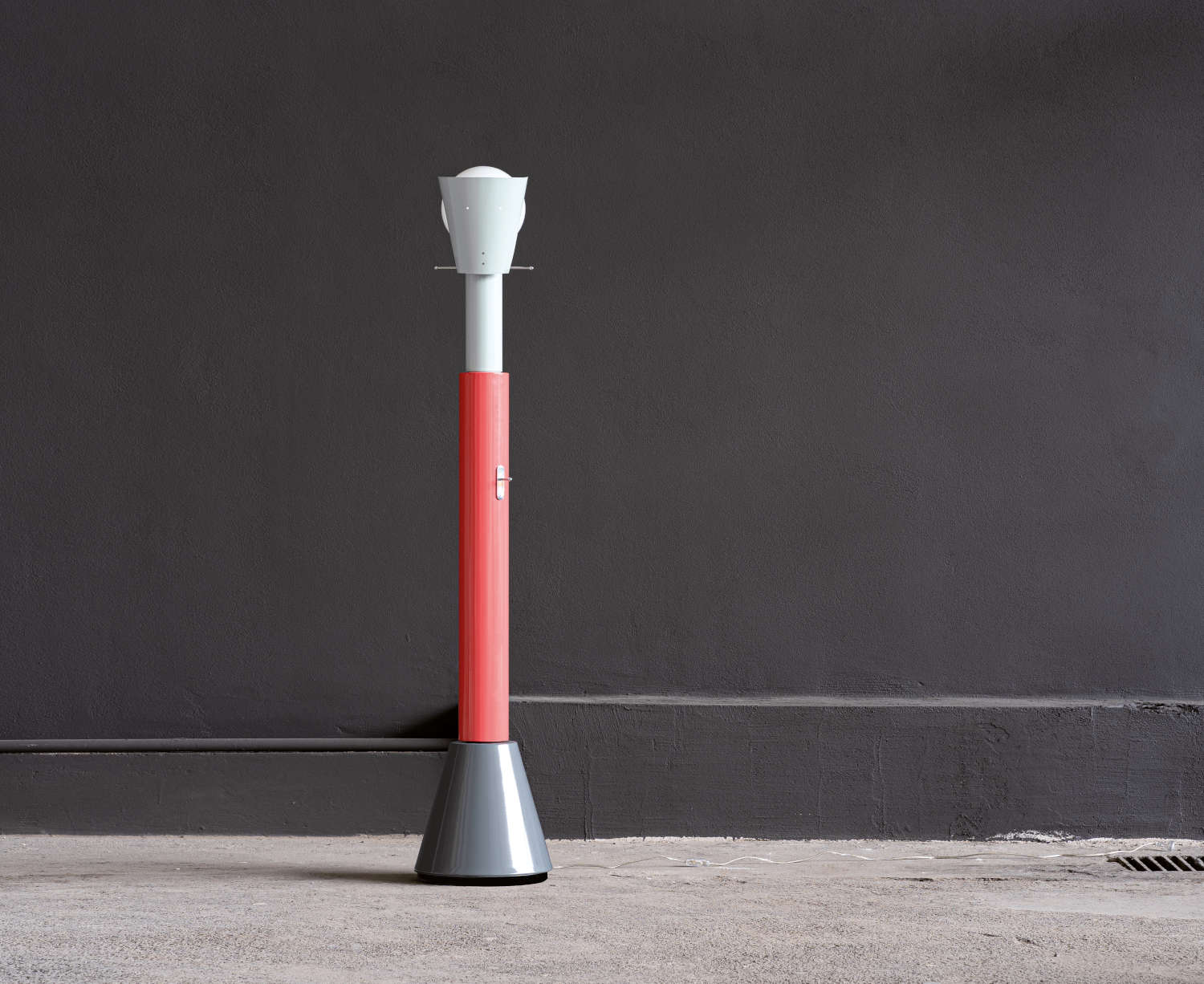
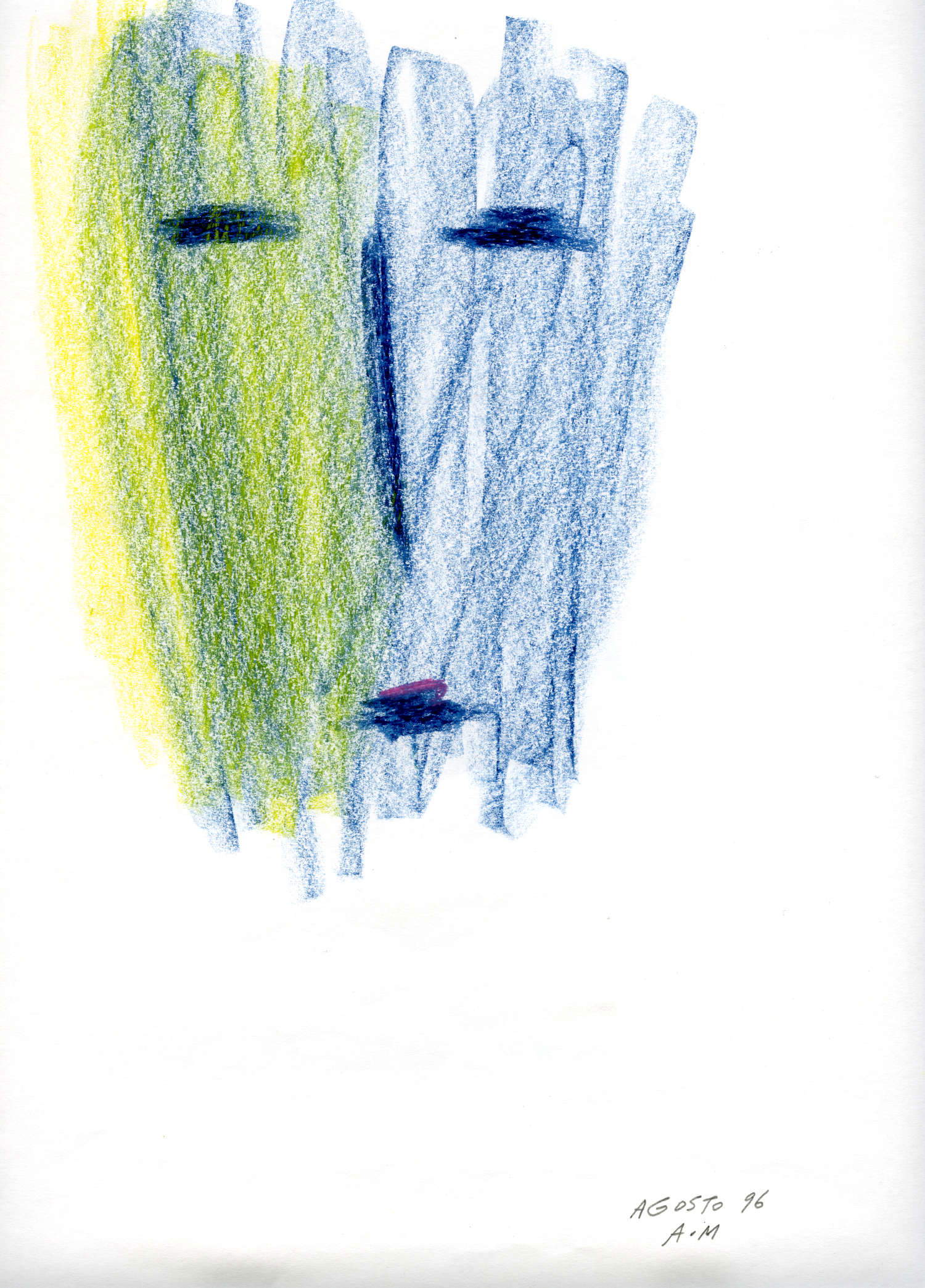
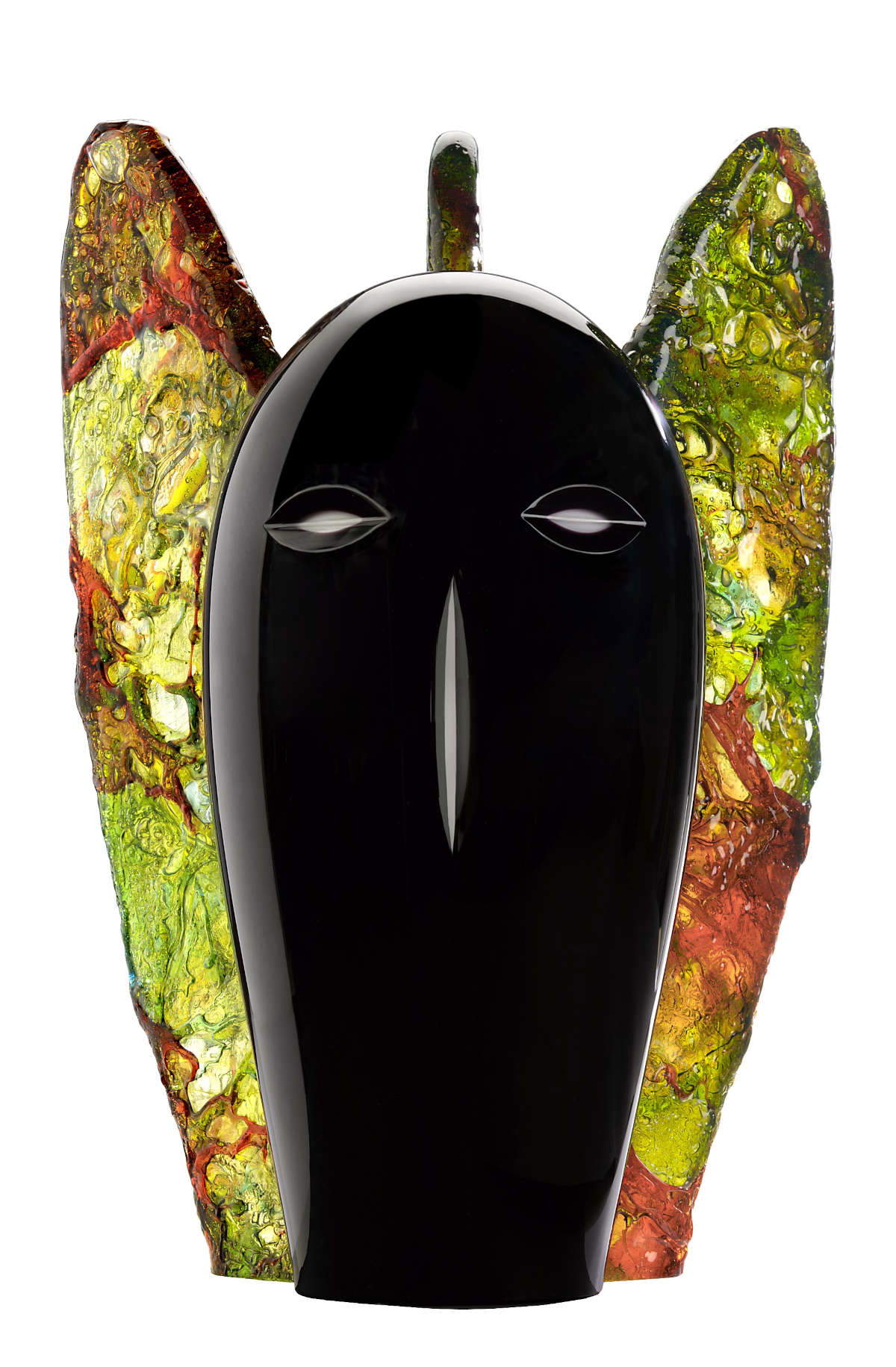 Alessandro Mendini,
Alessandro Mendini,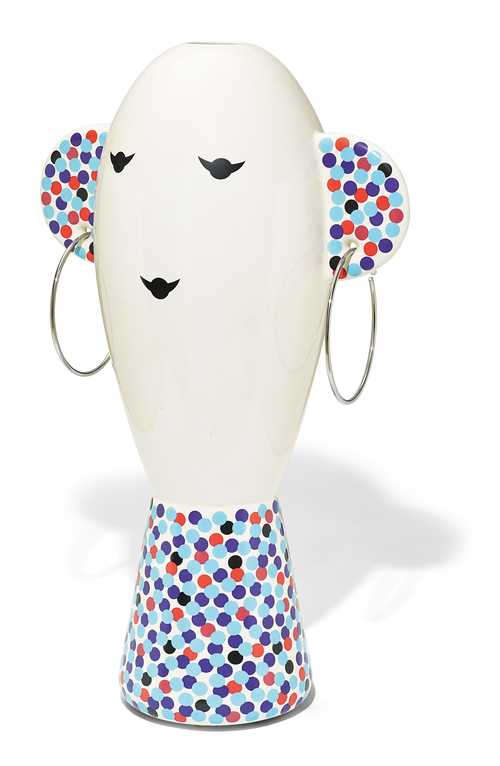 Alessandro Mendini,
Alessandro Mendini,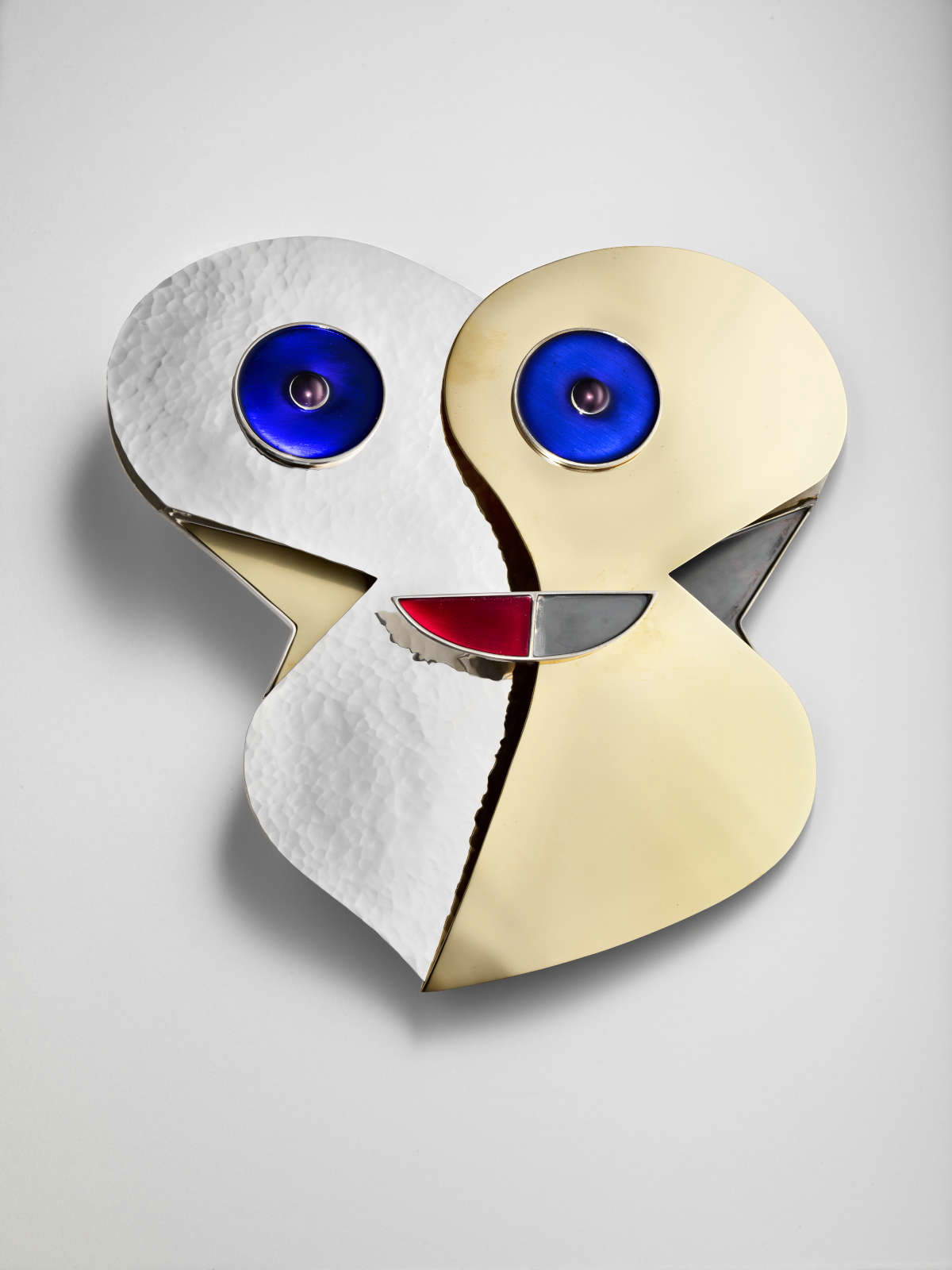
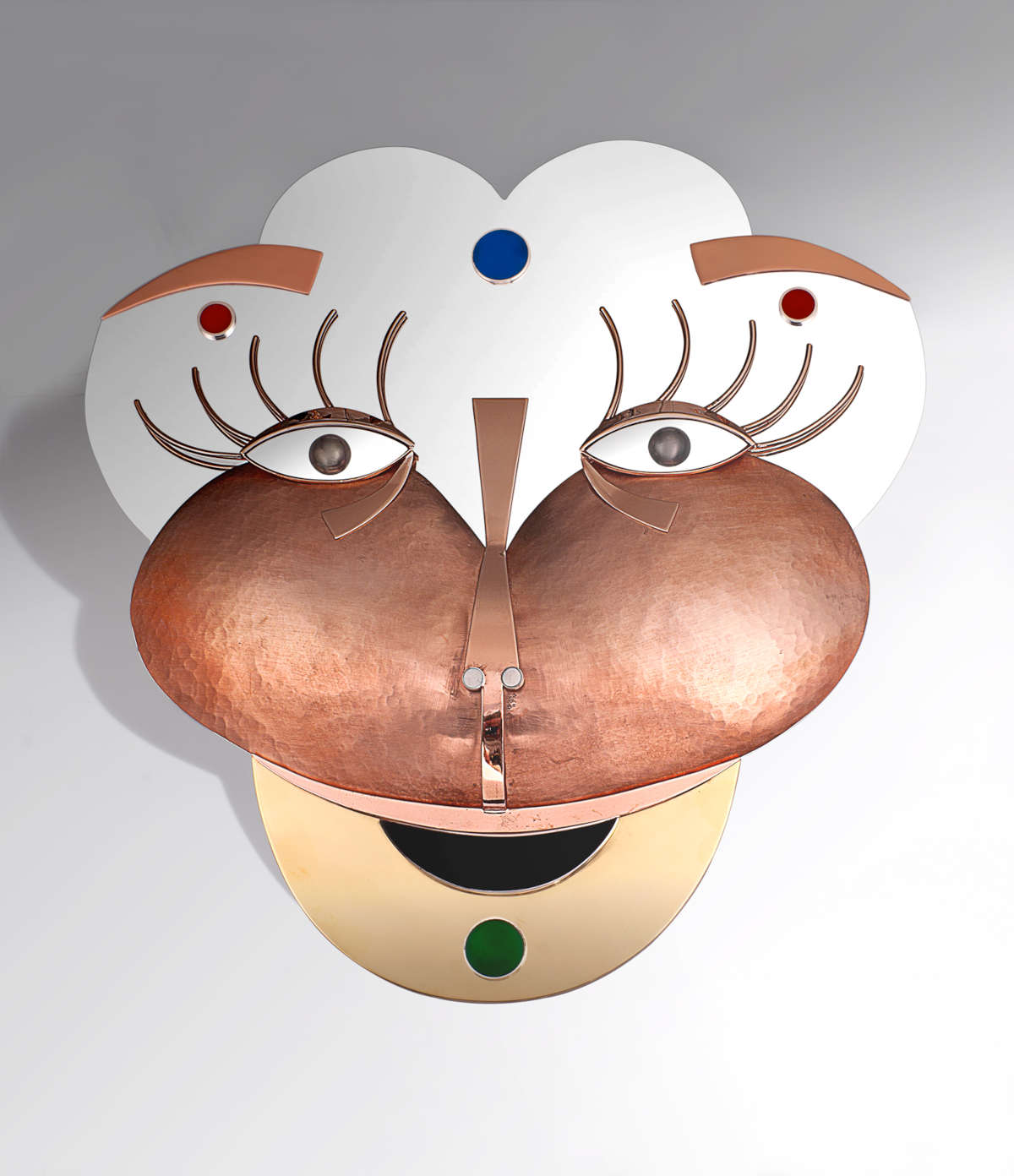 Alessandro Mendini, Futurist Masks
Alessandro Mendini, Futurist Masks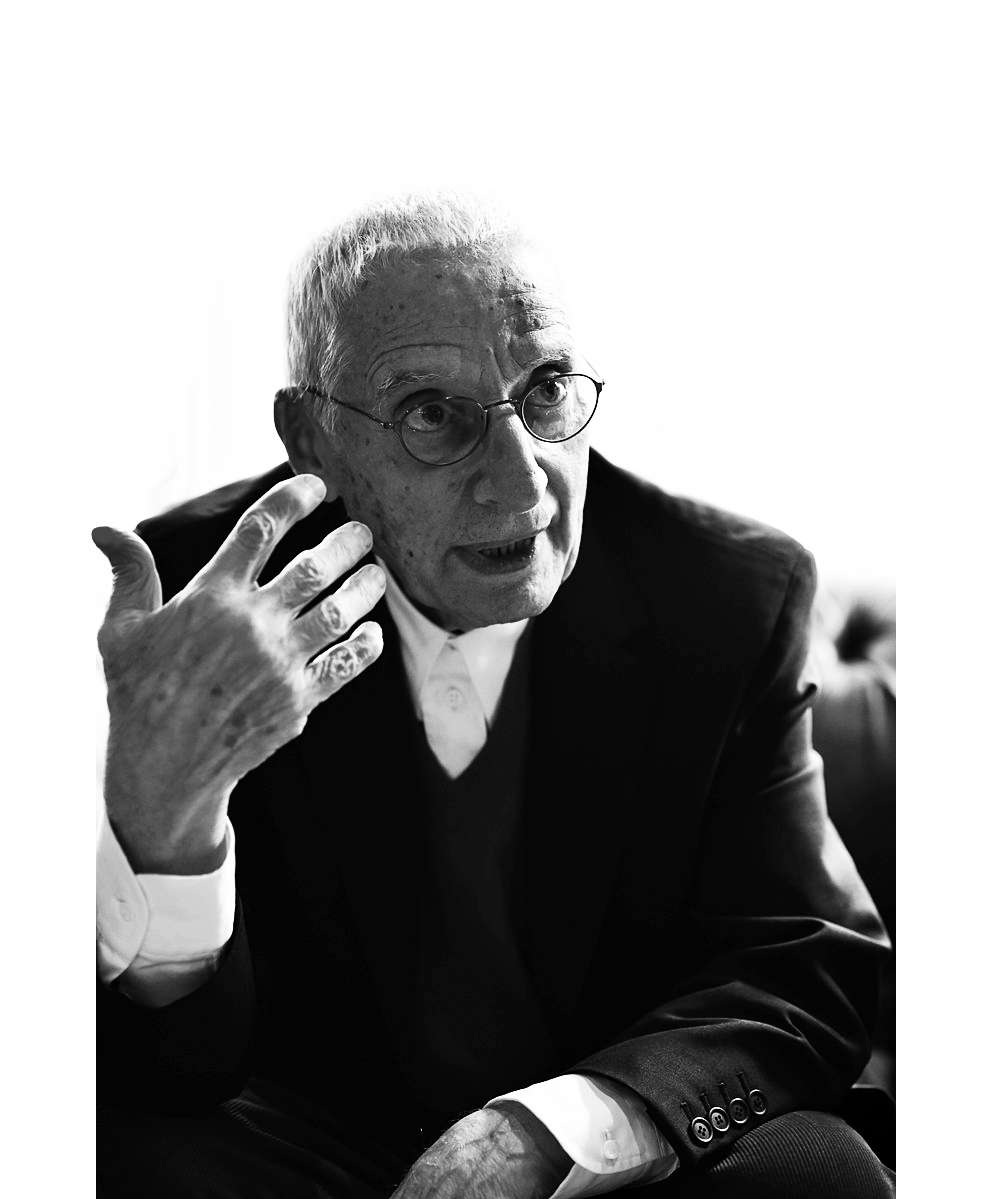
Notes on the artist
Alessandro Mendini was born in Milan, Italy (1931-2019).
As a boy, he lived in a bourgeois house designed by Piero Portaluppi, in the fascination of paintings by Savinio, Severini, Campigli, Morandi, and many other authors, present in his relatives’ collection of modern painting, exhibited to the public since 2003 in the Casa Museo Boschi Di Stefano in Milan. This visual environment was basic to his education. A graduate architect, he had direct references in Rogers, Nizzoli and Gio Ponti. Interested in writing and theorizing as well as designing, he edited successively the magazines Casabella (1970-1976), Modo (1977-1981) and Domus (1980- 1985; 2010- 2011) and published the books Paesaggio Casalingo (1978), Architettura addio (1981), Progetto infelice (1983), La Poltrona di Proust (1991-2021), Scritti (2004) and Scritti di Domenica (2016).
In his publications Mendini promoted a bold vision of architecture, characterized by eclecticism and fluid coherence. He adopted the image of the kaleidoscope to describe his approach, understood as a continuous movement of visual fragments from the contemporary imagination. In the 1970s he was a point of reference for post-modern design, defending the Banal and the Kitsch as tools for reviving severe functionalist architecture. Between 1979 and 1991, Mendini founded Alchimia, a renowned radical design group, with the aim of hybridizing different artistic disciplines. This experience pushed him toward radical design, neo-modern architecture and an approach to design characterized by calligraphic, chromatic, symbolic, romantic and problematic elements. Since then he has created a fantastic universe of objects, furniture, prototypes, installations and environments, often characterized by complexity, controversy, irony and a literary aura. He has collaborated with numerous design companies such as Alessi, Bisazza, Hermés, Philips, Kartell, Swatch, and Venini, as well as having been a consultant to various industries in Korea on image and design issues. While not heavily involved in teaching, he spent several years as a lecturer at the Hochschule für Andgewandte Kunst in Vienna and was among the founders of the Domus Academy. In addition, he was appointed honorary professor to the Academic Council of the Guangzhou Academy of Fine Arts in China. Chevalier des Arts et des Lettres in France, he has been honored by the Architectural League of New York, honorary citizenship of the city of Gwangju in Korea, and was made an honorary member of the Bezalel Academy of Arts and Design in Jerusalem. He was awarded the Compasso d’Oro in 1979 for Modo magazine, in 1981 for Research on Decoration, and in 2014 received the Compasso d’Oro for Lifetime Achievement. He has been awarded Honorary Degrees from the Milan Polytechnic, Ecole Normale Supérieure de Cachan in Paris, Wroclaw Academy of Fine Arts in Poland, and KMU- Kookmin University in Seoul, Korea. In 2015 he was awarded the 2014 European Prize for Architecture in Chicago, and became Mestre de Design at FAD in Barcelona, Spain. His works can be found in various museums and private collections around the world.
Mendini’s work is characterized by two distinct dimensions: one individual and introspective and the other group-oriented. He has created many works alone, but he has also formed several groups, both with unknown people and with renowned designers and artists. In collaboration with his brother architect Francesco Mendini, he left a significant mark on architecture, designing several works such as the Alessi factories and offices, the Museo del Casalingo in Omegna, the Olympic swimming pool in Trieste, the restoration of the Villa Comunale, and two subway stations in Naples, the rehabilitation of an industrial area with commercial and residential buildings in the Bovisa district of Milan, a tower in Hiroshima, Japan, the Groningen Museum in the Netherlands, a neighborhood in Lugano, Switzerland, the Madsack office building in Hanover, and a commercial building in Lörrach in Germany. In the Far East, buildings for the headquarters of the Milan Triennale, now home to a national television network, in Incheon; the Posco residential neighborhood in Seoul; the Observatory Tower in the city of Suncheon; and the High Speed Rail Terminal in Gwangju have been completed. Atelier Mendini has received major awards, including the 2003 Gold Medal for Italian Architecture at the Milan Triennale for the design of the Naples subway stations and the 2006 Villegiature Awards in Paris for the Byblos Art Hotel in Verona, as Best Architecture and Hotel Interior Design in Europe.
 |
| Exhibition in memory of great designer Alessandro Mendini opens in Venice |
Warning: the translation into English of the original Italian article was created using automatic tools. We undertake to review all articles, but we do not guarantee the total absence of inaccuracies in the translation due to the program. You can find the original by clicking on the ITA button. If you find any mistake,please contact us.





























